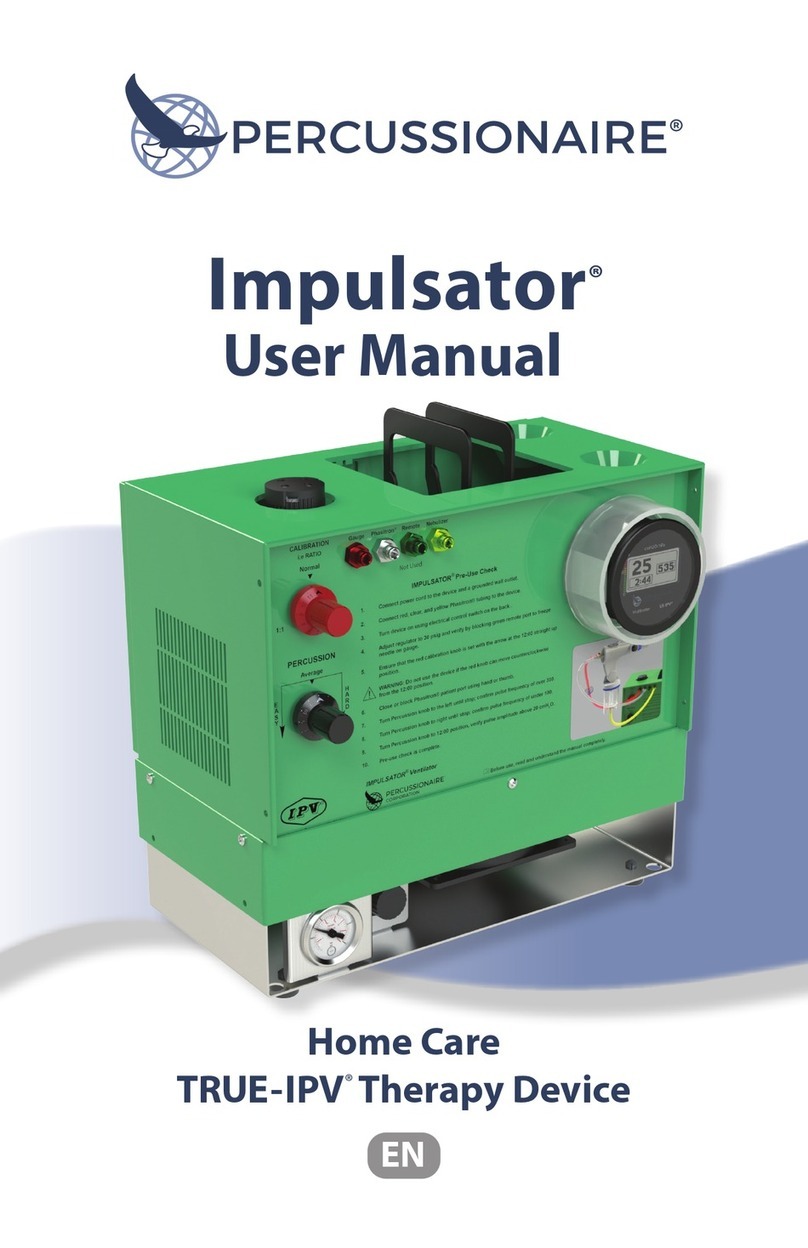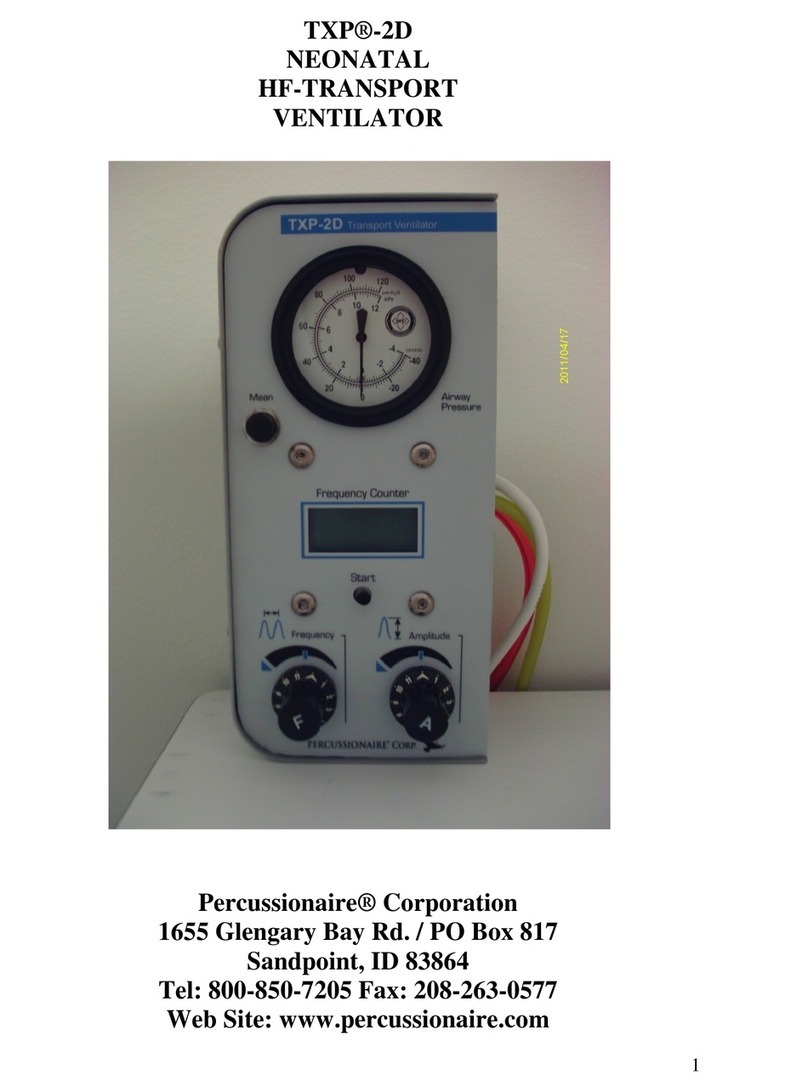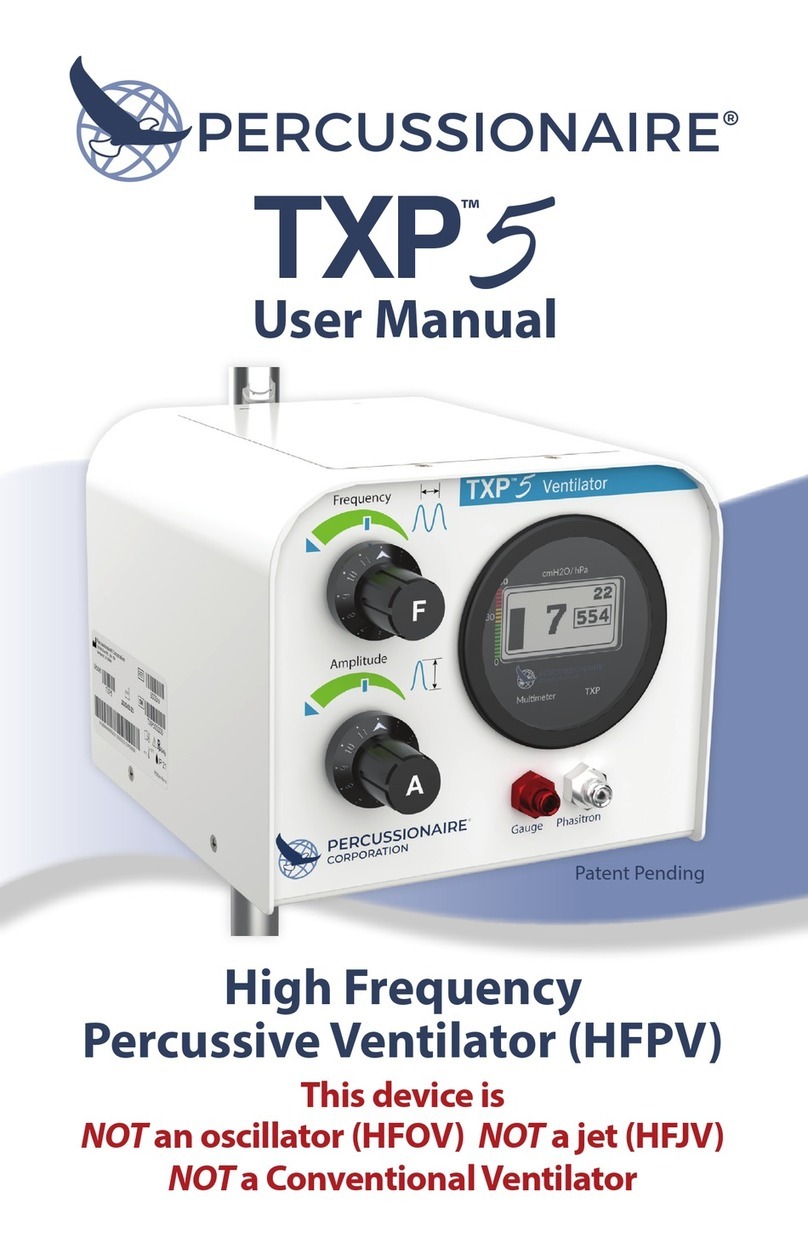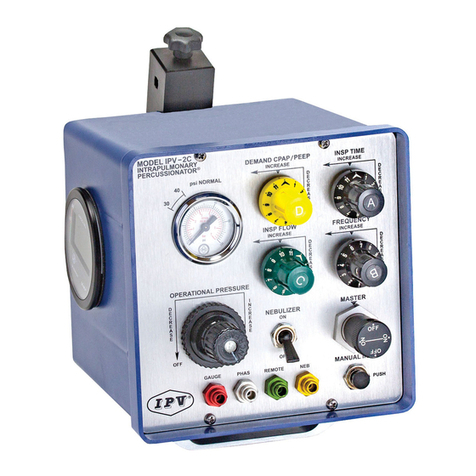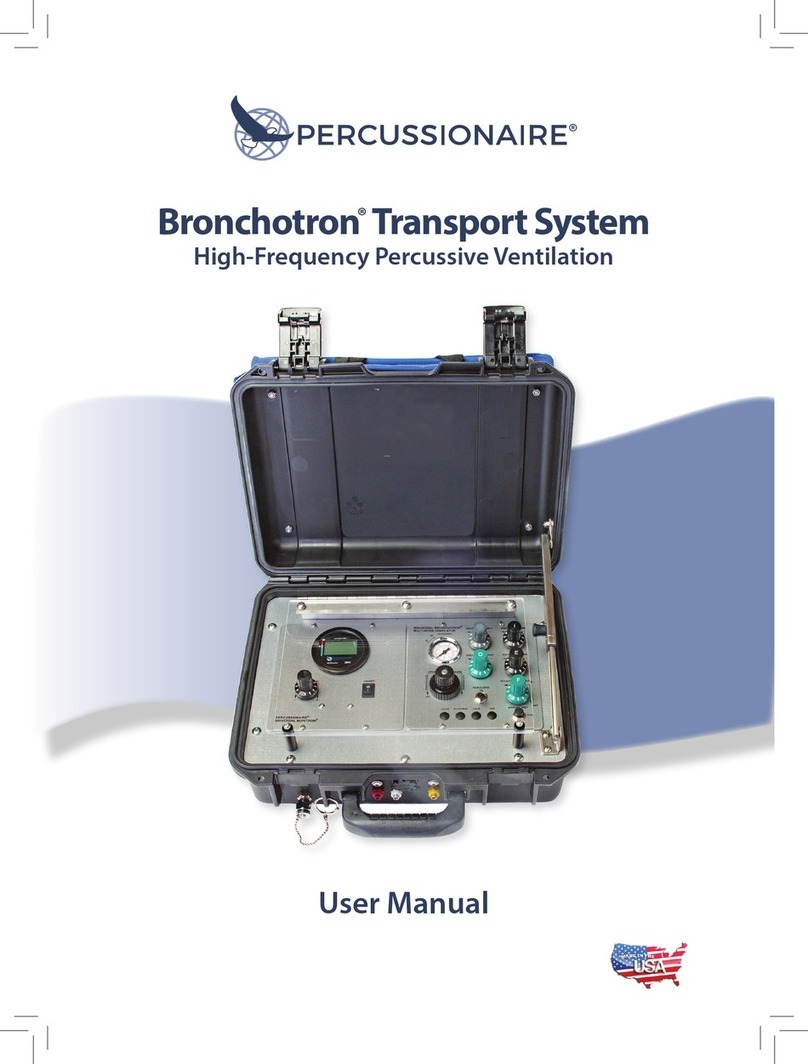
VIII
Monitron® II Waveform Analyzer Description of Controls ..............................16
Front Panel .................................................................................................................16
Rear Panel....................................................................................................................18
Visual Outputs...........................................................................................................18
Waveform Display....................................................................................................18
Monitoring Parameters..................................................................................................19
Audible Outputs.......................................................................................................20
Blended Gas/Air Connection...............................................................................20
Chapter 4: Alarms .................................................................................................................. 21
Failsafe Sensitivity...................................................................................................... 21
Disconnect Alarm ...................................................................................................... 21
Modifying Alarm Parameters................................................................................. 22
Alarm Activity.............................................................................................................. 23
Alarm Summary Table....................................................................................... 23
Chapter 5: Setup...........................................................................................................................24
Roll Stand and VDR®-4 Assembly ......................................................................... 24
Blended Gas/Air Connection.......................................................................... 24
A/C Power Connection ..................................................................................... 24
Phasitron® A50094-D Breathing Circuit............................................................ .25
Connecting to the VDR®-4............................................................................... 25
Adding Sterile Inhalation Water.................................................................... 27
Digital Multimeter (DM) Setup .............................................................................28
Changing DM Batteries .................................................................................... 28
Chapter 6: Pre-Use Check ................................................................................................... 29
Blender Pre-Use Check.............................................................................................29
Pre-Use Check ............................................................................................................. 29
Alarm Check................................................................................................................. 31
Settings .................................................................................................................. 31
Monitron® II Waveform Analyzer Alarm System:..................................... 32
Chapter 7: PATIENT MANAGEMENT................................................................................ 33
Therapeutic Objectives............................................................................................ 33
Chapter 8: Clinical Guidelines........................................................................................... 34
Color-Coded Control Knobs................................................................................... 34
Default Settings .................................................................................................. 34
Prepare for Patient Airway Connection ...................................................... 34
Adjusting Settings.............................................................................................. 35
Adult Patient Starting Guidelines ........................................................................ 36
Adult Patient Blood Gas Manipulation...............................................................37
Pediatric Starting Guidelines................................................................................. 38
